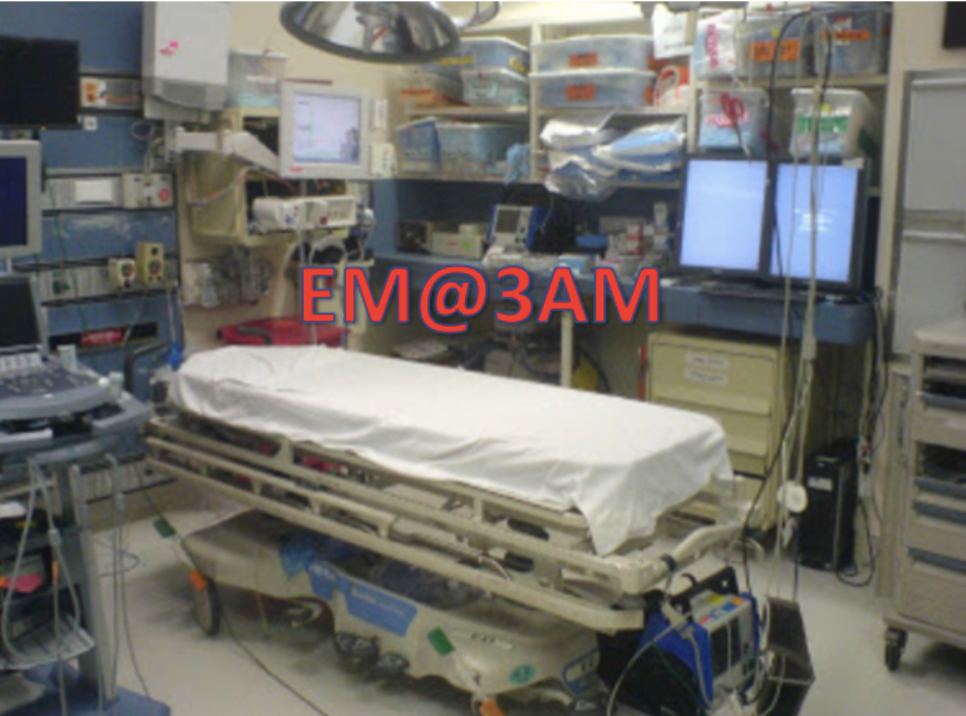- Jul 17th, 2021
- Rachel Bridwell
- leave a comment
- categories:
A 42-year-old male undergoing recent radiation therapy for colorectal cancer presents with pelvic and anal pain and pain with defecation. He experiences extreme pain prior to and during defecation. He has had mucous and blood in his stool. He denies a history of hemorrhoids. Pertinent physical exami...

